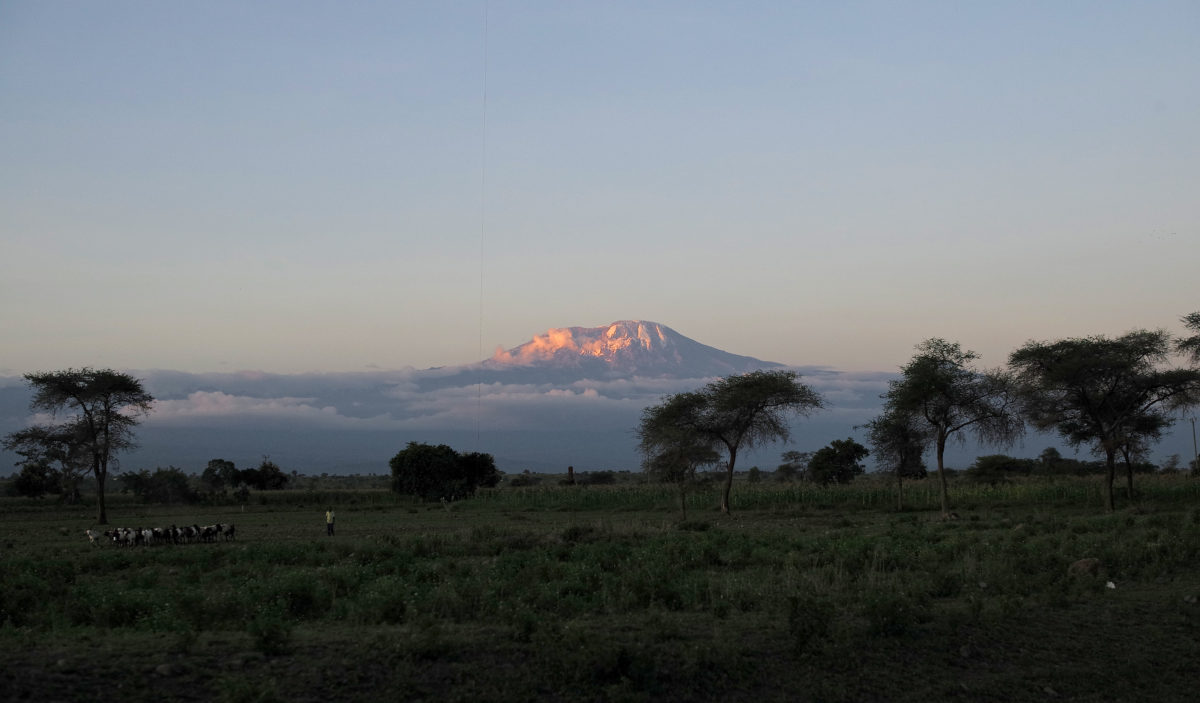Tanzanian mini-grid operator, Jumeme Rural Power Supply Ltd is planning to build two 1 MW PV mini-grids in Tanzania under its Micro Power Economy, Tanzania Roll out program.
The company has issued a single tender for both projects, specifying that the two solar facilities will be located in Sumbawanga town, Rukwa Region, and Mpanda town, Katavi Region, respectively.
Both projects will be financially backed by the European Union, which will cover approximately 46% of costs, and the Africa Enterprise Challenge Fund (AECF), which is an Africa-based US$250m challenge fund, which awards grants, both repayable and non-repayable, to private sector companies. Interested developers will have time until October 4, 2018, to submit their project proposals.
Jumeme is planning to deploy 300 solar mini-grids and serve up to one million people in rural areas across Tanzania by 2022. The company inaugurated its first pilot project on the Lake Victoria Island of Ukara, in April 2016. This summer, it issued another tender for the deployment of 10 more mini-grids with an installed capacity of the single power plants ranging from 20 kW to 80 kW, in the same area.
Jumeme is a joint venture between Inensus, a leading German company specialized in development, technology and consultancy services on rural mini-grids; TerraProjects, an Austrian specialist in renewable energy project development; and St. Augustine University of Tanzania.
The company is also partnering with Energy 4 Impact, an NGO providing energy advisory services to micro, small and medium energy enterprises; the Sustainable Business Institute (SBI), a German research institute focusing on sustainable economies; and Excel Hort Consult Ltd, a Ugandan agribusiness and development company.
According to a recent study published by the Institute for Sustainable Futures (ISF) of the University of Technology Sydney (UTS), Climate Action Network Tanzania (CAN Tanzania), Bread for the World and the World Future Council (WFC), Tanzania has the potential to cover its electricity demand with 100% renewables by 2050.
The authors of the report found that the African country may have a 53% share of renewables by 2020, and that this can increase to 75% by 2030 with an installed capacity of about 20 GW in 2030.
It currently has, however, just 1.2 GW of installed power generation capacity, of which 568 MW comes from hydropower, 685.4 MW from thermal power plants, and 82.4 MW from renewables. Meanwhile, the current access rate to electricity is 32.8%, with the total population totaling around 59 million people.
This content is protected by copyright and may not be reused. If you want to cooperate with us and would like to reuse some of our content, please contact: editors@pv-magazine.com.




Dear Sir or Madam,
We invite you to visit our stall B173B in Solar Tanzania 2019 at Diamond Jubilee Expo Center Dar Es Salaam 7th to 9th November 2019 10 AM to 5 PM
We manufacture a wide range of high-quality batteries for solar applications including flooded 12v batteries, 2v flooded cells (100Ah to 1100Ah)
2v VRLA AGM Batteries 100Ah to 5000Ah, 2v Tubular Gel VRLA Battery from 100Ah to 5000Ah, OPzS & OPzV 100Ah to 3000Ah.
We look forward to the pleasure of meeting you!
Kind regards